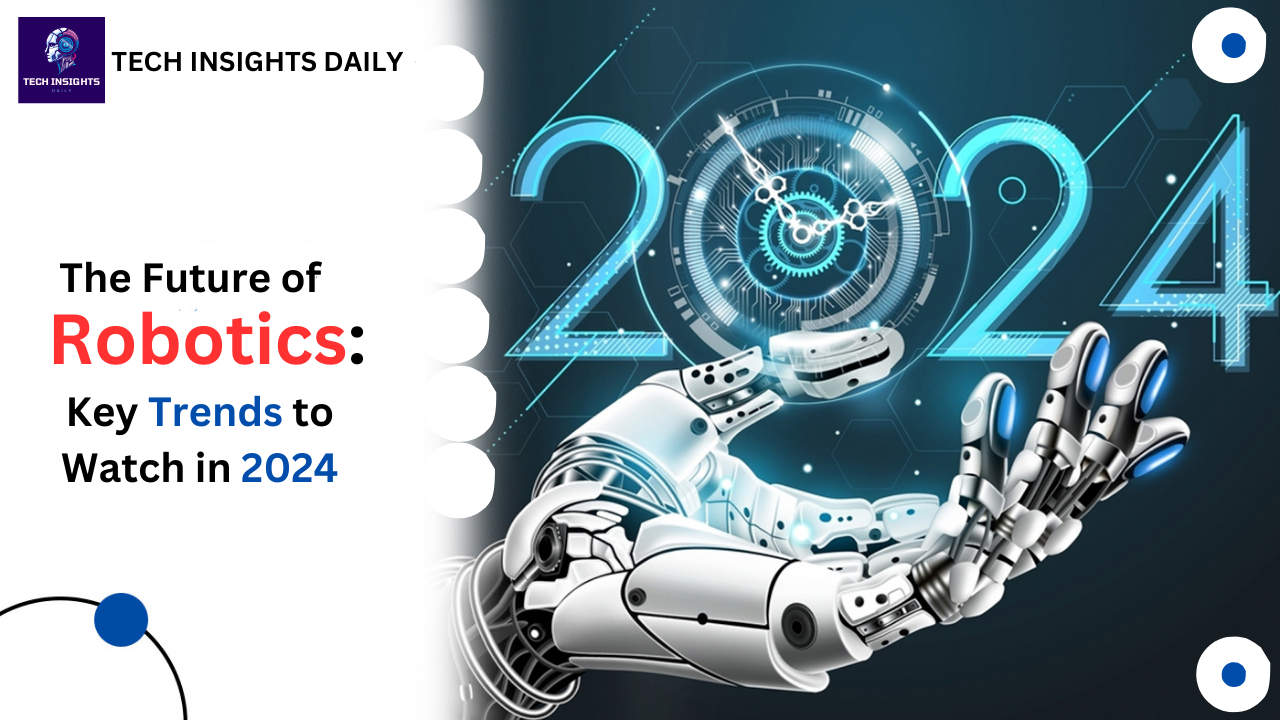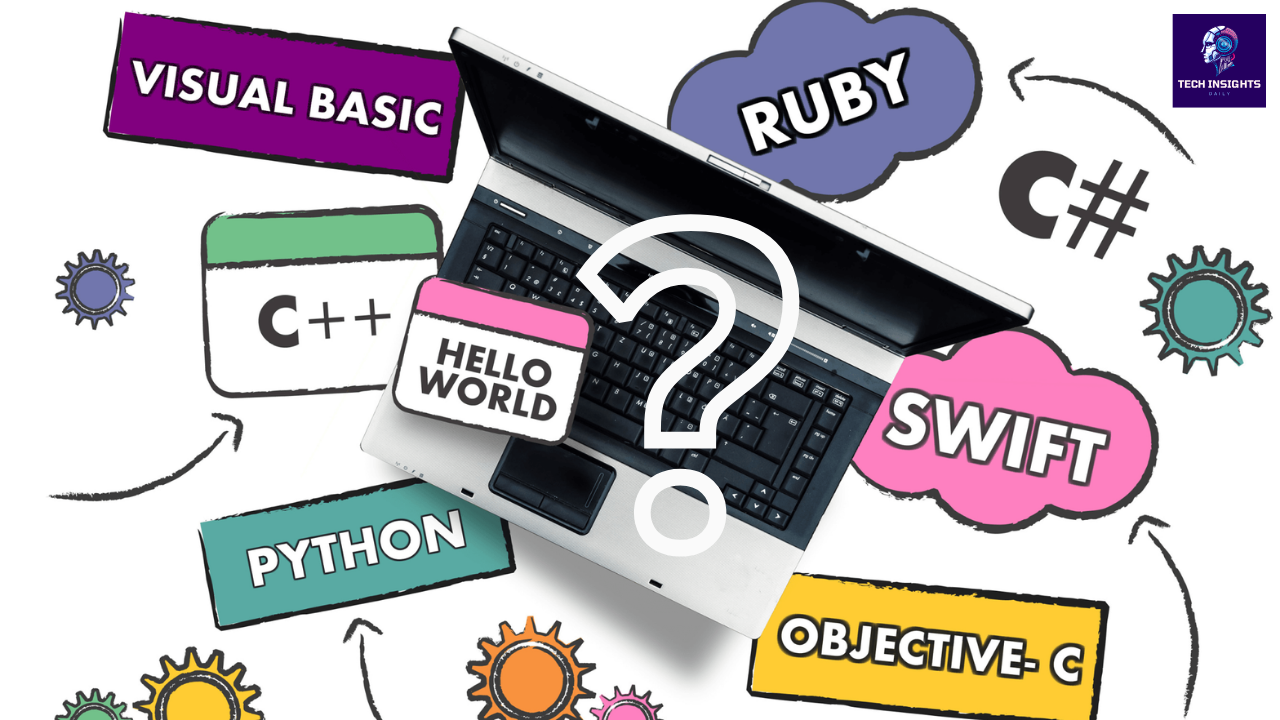Introduction
The humanoid form and synchronized motion of robots, collectively known as humanoid robots, have long been a focus of awareness in robotics. These robots are not only examples of technological advancements but also an overview of people's lives with unified robots. This article provides a brief history of the evolution of humanoid robots for current and future applications and talk over the challenges faced.
Humanoid Robots - An Evolution
The history of humanoid robots is as old as primeval times, however, it was only in the 20th century that much progress was made. Earlier versions of these tools were trustful, sometimes only able to solve very basic problems. But with new mechanical innovations like artificial intelligence (AI), machine learning, and sensitive, sophisticated sensors, humanoid robots are a different structure.
Technologies associated with the creation of humanoid robots
In the development and design of humanoid robots, certain technologies play an important role as discussed below:
- Artificial Intelligence (AI): Through the use of AI, humanoid robots are competent of partake, processing, and making decisions on data received from their environment. This technology is most important when one needs to do something flexible and has to figure out how to do it.
- Machine Learning: Another feature of robotics is that robots can learn from their experiences in space as well as from data received and processed by machine learning algorithms.
- Sensors and Actuators: They enable small robots to see their environment and handle or interact with objects and people. Advanced sensors can measure, recognize, touch, pressure, and even feel emotions.
- Robotics Engineering: The creation of humanoid robots involves very complex planning and production to mimic human-like movements and finger flexibility.
Applications of Humanoid Robots
Humanoid robots are being used in a variety of fields, each benefiting from their unique capabilities:
- Healthcare: Robots such as Pepper and NAO play a role in patient care by offering amity and at time checking on the patient's condition. They can also aid in performing exercises that are essential for rehabilitation.
- Education: Humanoid robots serve as teaching aids, helping in dependent teaching. They can assist with programming, language learning, and even social skills development.
- Hospitality: Humanoid robots are used as caretakers, information clerks, and interactive porter in hotels and restaurants.
- Manufacturing and Logistics: In the manufacturing industry, humanoid robots help humans perform tedious and specific tasks on assembly lines.
- Entertainment: Humanoid robots are featured in theme parks and movies, showing realistic movements and actions that seize humans.
Challenges and Ethical Considerations
Despite their potential, humanoid robots face several challenges:
- Technical Limitations: Emulate human hand and body movements is not easy and presents a gradual challenge in technology.
- Cost: Humanoid robots are expensive to build and maintain, limiting their common use in households.
- Ethical Concerns: Introducing robots into the general population raises ethical issues, including privacy rights, employment concerns, and social interactions between humans and robots.
Through the study of social humanoid robots, we are slowly setting the stage for their future.
Future Developments
The development of humanoid robots continues with a focus on further improvements to address existing challenges. Future advancements in artificial intelligence and robotics engineering are expected to lead to innovative and affordable robot models that will become a part of various industries, enhancing efficiency and improving the quality of life.
The result
Humanoid robots represent the blend of technology and interest. While still in their infancy, they have the potential to tranform various aspects of our society. Addressing the challenges and ethical concerns will ensure that humanoid robots become helpful companions, assistants, and an integral part of a world filled with high-tech innovations and opportunities.











